Answer Engine Optimization (AEO) is no longer just a buzzword—it’s a crucial strategy for companies looking to thrive in the age of AI-driven search. With conversational AI tools like ChatGPT, Microsoft Bing Chat, and other generative models transforming how users seek and receive information, optimizing for AEO means adapting your digital content to be AI-friendly, context-rich, and semantically meaningful.
Why Traditional SEO Isn’t Enough in the AI Era
Traditional SEO techniques focus largely on keyword rankings, backlinks, and technical site health to improve visibility on standard search engines. While these remain important, generative AI engines evaluate content differently. They emphasize:
- Contextual relevance over keyword density.
- Clear, authoritative answers over content volume.
- User intent understanding rather than just query matching.
This shift means marketers need to rethink how they create and structure content for better performance in AI-powered search results.
Advanced AEO Strategies for Marketers
1. Optimize Content for AI “Answer Engines”
AI engines generate responses based on data patterns and context. Provide clear, concise answers within your content, especially near the beginning of pages or sections. Think like a helpful AI assistant—what’s the best way to deliver your key message in one or two sentences?
2. Implement Rich Data Integration
Supplement your content with structured data, knowledge graphs, and linked data. This allows AI to connect the dots between concepts and entities, enhancing your content’s discoverability and trustworthiness.
3. Focus on User Intent with Conversational Content
Map out your audience’s common questions and conversational queries. Develop content that anticipates follow-up questions and provides layered information to satisfy deeper exploration.
4. Enhance Content with Multimedia and Interactive Elements
Generative engines often pull from diverse content types. Include images with descriptive alt text, videos with transcripts, and interactive tools that provide additional context or personalized information.
5. Maintain Content Freshness and Authority
AI models favor up-to-date information. Regularly update your content to reflect new data, trends, or insights. Also, build author authority by linking to credible sources and showcasing expert authorship.
6. Leverage AI Tools to Audit and Improve AEO Readiness
Use emerging AI tools to analyze your content’s effectiveness for generative engines. Tools can help you identify gaps in context, relevance, and structure, guiding optimization efforts.
Common Pitfalls to Avoid in AEO Optimization
- Overloading content with keywords—AI values natural language, not keyword stuffing.
- Neglecting schema markup—structured data is critical for AI comprehension.
- Ignoring user experience—slow load times and confusing layouts reduce content’s value.
- Publishing vague or generic content—AI favors specificity and clarity.
Measuring Success in AEO
Tracking AEO performance requires a new set of metrics:
- Visibility in AI-powered answer boxes and chat responses.
- Engagement with conversational AI interfaces.
- Direct traffic from voice and AI assistant queries.
- Improved brand mention and citation in AI-generated content.
Combine these with traditional SEO KPIs for a comprehensive view of your digital presence.
Getting Started with AEO: Practical Steps for Your Company
- Conduct a content audit focusing on clarity, structure, and relevance for AI.
- Add or improve schema markup across your site.
- Develop a knowledge base or FAQ section optimized for conversational queries.
- Train your content team on writing for AI comprehension.
- Experiment with AI tools to refine your AEO strategy continually.
The Future is AEO — Are You Ready?
Answer Engine Optimization is transforming how companies compete in search and content discovery. By mastering advanced AEO strategies, you can ensure your brand stands out in AI-driven conversations and captures new audiences where traditional SEO alone falls short.
At Bluetext, we help forward-thinking companies navigate this new frontier with tailored AEO strategies that integrate seamlessly with existing marketing efforts. Ready to elevate your AI search presence? Get in touch with Bluetext today.
For decades, marketers and UX designers have relied on user personas—fictional characters based on audience research—to guide everything from product design to messaging strategy. Traditionally, these personas were static snapshots built from demographic surveys, anecdotal feedback, or past performance data.
But in today’s fast-paced digital environment, that’s no longer enough.
Enter synthetic personas: AI-generated user models that simulate real behaviors, preferences, and decisions. These dynamic profiles are created and refined by machine learning algorithms, offering marketers a revolutionary way to predict and respond to user needs in real time. From hyper-personalized campaigns to user experience testing, synthetic personas are changing how we approach customer research—forever.
What Are Synthetic Personas?
Synthetic personas are virtual representations of target users generated by artificial intelligence. Unlike traditional personas, which are often generalized and manually built, synthetic personas draw from vast and varied data sources to reflect real, evolving user behavior.
Using behavioral data, digital footprints, and predictive algorithms, synthetic personas provide marketers with insight into not just who their customers are, but how they think, what they want, and when they’re likely to act.
Key characteristics of synthetic personas:
- Data-driven and dynamically updated
- Capable of simulating real-time decisions
- Built using machine learning models that analyze patterns across large datasets
- Scalable for large, segmented, or niche audiences
How AI Builds Predictive User Models
At the core of synthetic personas is artificial intelligence, particularly machine learning techniques like clustering, neural networks, and behavioral modeling. These models digest inputs from sources such as:
- Web analytics and browsing behavior
- CRM and transaction history
- Social media activity
- Survey data and customer feedback
- IoT and mobile app usage
By identifying behavioral patterns and correlations, AI generates models that not only reflect current user characteristics but can also predict future actions. Some tools even simulate how users will respond to changes in product offerings, content strategies, or pricing models—before any real-world testing occurs.
Popular tools in the space include:
- Delve AI – for real-time persona generation based on website traffic
- UneeQ – for creating conversational AI personas
- Quantilope – for automating consumer research and segment analysis

Why Synthetic Personas Matter for Marketers
In an era where personalization is the expectation, synthetic personas provide a competitive edge. They empower brands to:
- Deliver hyper-personalized messaging across campaigns and channels
- Identify micro-segments previously invisible in traditional datasets
- Optimize campaigns quickly, with faster test-and-learn cycles
- Reduce reliance on surveys and time-consuming focus groups
By simulating user reactions to content, offers, and UI changes, synthetic personas allow marketers to fine-tune strategies before launching to a broader audience—minimizing risk and maximizing ROI.
Applications in UX Design and Digital Experience
Synthetic personas are also transforming how digital products and experiences are tested and optimized. Rather than relying solely on in-person testing or anecdotal feedback, designers can:
- Simulate how different persona types navigate a website or app
- A/B test messaging or design elements with virtual users
- Test edge cases (e.g., users with accessibility needs or extreme preferences)
- Design inclusively for underrepresented demographics
In many cases, synthetic personas serve as a powerful pre-validation layer before real-world UX testing.

Ethical and Practical Considerations
As with any AI-driven solution, there are considerations to keep in mind:
- Data bias: Synthetic personas are only as accurate as the data used to train them. Biases in the source data can lead to flawed outputs.
- Privacy and transparency: Brands must ensure their synthetic persona modeling adheres to data privacy regulations and ethical standards.
- Human oversight: Synthetic personas should complement—not replace—real user insights. They’re most powerful when used alongside traditional research methods.
Knowing when and how to deploy synthetic personas is essential to ensure insights remain grounded in reality.
How Brands Can Get Started with Synthetic Personas
Ready to explore AI-generated personas? Start by taking these steps:
- Audit your data – Ensure you have clean, structured behavioral data to feed AI models.
- Define your goals – Are you trying to improve UX, refine messaging, or explore new audience segments?
- Choose the right tool – Platforms like Delve AI, UneeQ, or even custom-built ML models can fit different use cases.
- Validate results – Cross-check AI-generated insights with actual user research or campaign performance.
- Iterate and evolve – Like real users, synthetic personas should evolve as your audience and offering change.
The Future of AI-Driven Customer Understanding
Synthetic personas are just the beginning. As generative AI continues to advance, brands will soon be able to create digital twins of customers—virtual users who mirror real-world behavior in real time. These twins will power everything from product prototyping to automated customer service interactions, making user research not just faster, but predictive and adaptive.
For industries like B2B SaaS, cybersecurity, government contracting, and healthcare, the implications are massive. AI can help brands navigate complex buyer journeys, long sales cycles, and diverse stakeholder personas—all while maintaining a data-driven edge.
Want to Reach the Right Personas—Real or Synthetic?
At Bluetext, we help brands unlock the power of AI to better understand, engage, and convert their audiences. Whether you’re exploring synthetic personas or refining your digital experience with real user data, we can help.
Contact us to explore how AI-generated personas can sharpen your messaging and drive measurable results.
The relatively rapid ascension of AI companies selling into the U.S. public sector, including Palantir, Shield AI, and Anduril speaks to a new reality. This isn’t to say that Palantir is new to the market – they’ve been around for two decades – but its brand awareness has been turbocharged by a number of factors the past several months.
The new Administration and the transitioning generation of contract vehicle decision makers are no longer flocking to the biggest names by default. They are looking for AI providers able to prove they can deliver, innovate with impact, and support the mission.
For AI startups and fast-growth firms, this represents a unique but not indefinite opportunity to accelerate growth for their public sector business.
With greater opportunity comes greater competition. The GenAI boom has created both excitement and skepticism across government sectors. Agencies are inundated with promises from AI vendors to deliver disruptive transformation, which risks diluting brand credibility for the entire segment. In this noisy environment, startups must not only be credible, but also visible and clearly differentiated to avoid being lost in the shuffle.
A deliberate PR strategy—sequenced around real validation milestones—can shorten that credibility curve and help a young AI brand rise above the noise from RFI to award.
To examine how a newer AI entrant can establish bona fides with a government audience, we’ll look at recent outcomes from Bluetext’s PR process, share a successful B2G Gen AI client project, and take-aways any GenAI startup can adopt.
Bridging the Credibility Gap Facing AI Startups
Federal decision-makers are skeptical of inflated AI claims, and amid a flood of new entrants and overhyped promises, it’s harder than ever for startups to stand out. The market is saturated not just with vendors, but with overlapping technologies that make it difficult for evaluators to separate truly differentiated capabilities from generic buzzwords.
As a result, agencies often default to vendors that can show IL4/IL5 or FedRAMP High status right out of the gate—objective signs of readiness that cut through the noise.
Multi-stakeholder buying units (CIO, CISO, PMO, end-user lead) create a “trust bottleneck”—one skeptic can stall an entire procurement.
Lengthy accreditation timelines mean younger firms often hit cash-flow turbulence before their first task order, making continuity risk a hidden evaluation factor.
So how does a new AI vendor shift from unknown to trusted? The answer lies in a deliberate communications strategy that builds visibility and credibility at every stage of the government buyer journey. One example of this approach in action is Bluetext’s work with a Gen AI startup that was less than two years old at time of engagement: Ask Sage.

Bluetext’s Approach to Breaking Through and Earning Trust
Ask Sage was still new in the market—even with a well-known founder—so the team needed visibility in trusted defense-tech outlets to open doors with contracting officers and integrators.
Striking a balance between one major announcement and a scattershot approach, Bluetext mapped out a rolling sequence of milestones—each one referencing the credibility earned from the last—and calendared outreach in 4- to 6-week increments so momentum never stalled. This deliberate drumbeat keeps earlier wins in view while layering fresh proof points, steadily deepening trust with agency evaluators.
Key Milestones:
- DoD IL5 Authorization – Became the first generative-AI platform to reach IL5, paving the way for secure adoption across the Department of Defense and its industrial base.
- U.S. Army cARMY Deployment – Announced the Army’s initial rollout of the startup’s solution on the cARMY cloud, highlighting accelerated software, acquisition, and cyber workflows at IL5.
- Series A Funding – Bluetext supported a Series A raise that underscored market confidence and enabled product expansion for public-sector customers.
Media Coverage Highlights: DefenseScoop, Federal News Network, AFCEA Signal, Breaking Defense, Defense News, and FedWeek covered the technical milestones, while Washington Business Journal, WSJ Pro VC, Fortune Term Sheet, and Potomac Tech Wire reported on the funding news.
Consistent trade-press visibility around each milestone gradually strengthened credibility with agency stakeholders and partners, positioning the startup for continued pipeline growth.
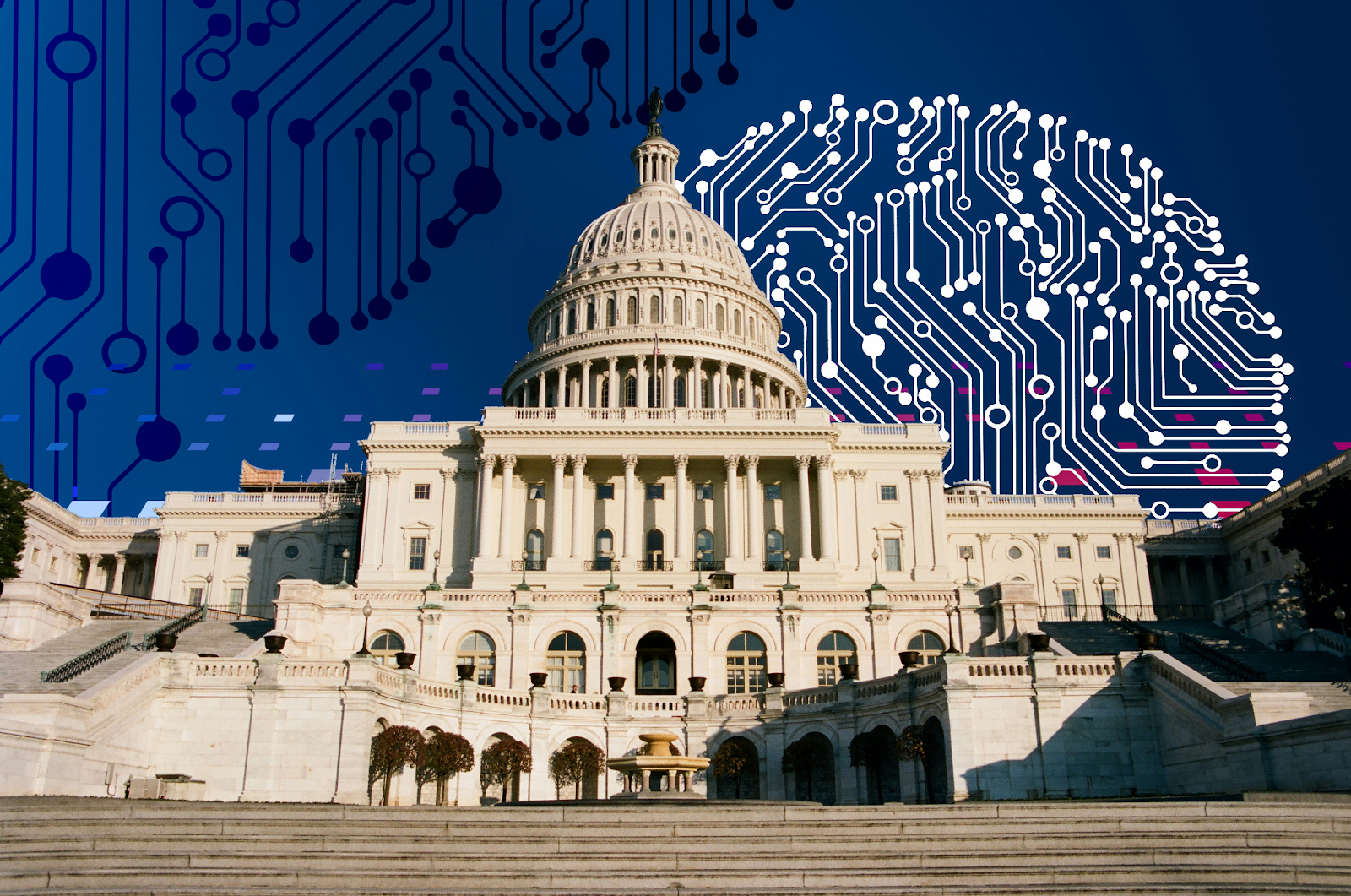
Actionable Tactics AI Startups Can Apply Today
- Build a “Trust Timeline” deck that aligns accreditation goals with key events — moments likely to drive spikes in media attention, such as budget hearings or major conferences. Share this timeline internally across teams to keep messaging aligned and timed for maximum exposure. This helps ensure that every milestone is leveraged at the moment when government buyers are most attuned to new solutions.
- Pair press releases with thought leadership pieces that contextualize why the milestone matters for agency outcomes. By coupling news with perspective, startups can add a human voice to their achievements and explain the downstream impact on mission execution. This anticipates stakeholder concerns and builds narrative continuity from one announcement to the next.
- Share milestone collateral with reseller and integrator partners so they can amplify your story in their updates and proposal volumes. While the integrator role is evolving post-DOGE, they still play a key role in shaping how new tech is perceived by agencies, and aligned messaging helps reinforce your credibility through their trusted channels. This tactic turns partners into amplifiers, extending your visibility even in closed-door evaluation environments.
- Track Share of Voice quarterly against three closest primes, and use gaps to inform the next proof-point you must surface. Understanding where your voice is absent—whether in key outlets, industry narratives, or buyer conversations—helps prioritize the next move. Strategic PR fills those whitespace opportunities with proof that counters doubt and strengthens your brand’s position.
Government stakeholders scrutinize AI vendors more closely than ever, so verified accreditations and real-world results carry far more weight than bold promises. Sequence key proof points and deliver them through the outlets your buyers trust, and you can position your startup on the shortlist well before an RFP is released.
Ready to map your own milestone-driven communications plan? Contact Bluetext to get started.
As artificial intelligence (AI) continues to revolutionize the digital landscape, a new form of optimization has emerged—Answer Engine Optimization (AEO). Unlike traditional Search Engine Optimization (SEO), which focuses on improving website rankings on keyword-based search engines like Google, AEO targets optimization for AI-powered generative engines such as ChatGPT, Bing Chat, and other conversational AI systems.
Generative engines generate responses, summaries, and content dynamically, relying heavily on the context and quality of the underlying data. AEO is about tailoring your digital assets—websites, content, and metadata—to be more accessible, relevant, and valuable for these AI models. This new form of optimization is critical as more users turn to AI assistants for answers rather than traditional search results.
How AEO Differs from Traditional SEO
Traditional SEO:
- Focuses on keywords, backlinks, site structure, and user experience to improve rankings on search engines.
- Relies on crawlers and indexing mechanisms to understand and rank static content.
- Users typically scan a page or click through links to find answers.
Answer Engine Optimization (AEO):
- Focuses on the context, clarity, and structured data that AI models use to generate natural language responses.
- Requires content designed for AI comprehension, including well-structured, authoritative, and factual information.
- Encourages semantic richness and integration of data sources that feed generative models.
- Often involves optimizing for “featured snippet” style answers and conversational formats.
Why AEO Matters for Companies
With generative AI becoming a primary way people seek information, companies that fail to optimize for AEO risk losing visibility in these new AI-powered interfaces. AEO can help brands:
- Gain visibility in AI chat results and voice assistants.
- Improve content discoverability in conversational search contexts.
- Build brand authority in emerging AI ecosystems.
- Capture new leads and customers by providing precise, AI-friendly answers.
Top Tips to Optimize Your Company for AEO
1. Create Clear, Structured, and Concise Content
Generative engines prefer content that is easy to parse and understand. Use headings, bullet points, and numbered lists to break down complex topics clearly.
2. Incorporate Semantic Keywords and Natural Language
Instead of focusing solely on exact-match keywords, integrate related terms and natural conversational phrases to align with how people ask questions verbally.
3. Leverage FAQs and Q&A Sections
Frequently asked questions and their answers help AI models quickly extract relevant information, increasing chances of being cited in generative responses.
4. Use Schema Markup and Structured Data
Enhance your content with schema.org markup to provide explicit metadata about your business, products, services, and articles, improving AI comprehension.
5. Publish Authoritative and Trustworthy Content
AI engines prioritize high-quality, fact-checked, and trustworthy content. Make sure your content is well-researched, cites credible sources, and is regularly updated.
6. Optimize for Voice Search and Conversational Queries
Many generative engines power voice assistants. Write content that answers questions naturally and succinctly to capture voice-based queries.
7. Monitor and Adapt to AI Algorithm Updates
Stay informed about changes in generative AI technology and adapt your content strategies accordingly. AEO is an evolving field, so flexibility is key.
AEO vs. SEO: Should You Shift Your Focus?
While AEO is gaining traction, it does not replace SEO—it complements it. Companies should continue strong SEO practices while gradually integrating AEO strategies to future-proof their digital presence. The synergy between traditional SEO and AEO will ensure you reach audiences across all search and AI platforms.
Embrace AEO to Stay Ahead in the AI Search Era
Answer Engine Optimization (AEO) represents the next frontier of digital marketing in a world increasingly influenced by AI-driven search and content generation. By understanding AEO and implementing these optimization tips, companies can enhance their visibility, credibility, and engagement with users in this rapidly evolving ecosystem.
If you’re ready to optimize your content for the future of AI search and generative engines, contact Bluetext today. We specialize in helping companies navigate new digital frontiers with smart, data-driven marketing strategies.
The generative AI revolution is well underway—and marketers are on the front lines. Since the introduction of GPT-powered tools like ChatGPT, marketers have rapidly integrated AI into everything from content creation and ideation to campaign execution and analytics.
But as adoption accelerates, a bigger question emerges: Are we using it well?
The opportunity is enormous—but so are the risks. Here’s what’s working today, where to tread carefully, and how to build a future-ready marketing stack in the age of GPT.
What GPT Is Changing About Marketing
At its core, GPT technology (short for Generative Pre-trained Transformer) allows marketers to generate human-like content at scale. This has unlocked new possibilities in:
- Content velocity – Faster creation of blogs, product descriptions, emails, and ad copy
- Personalization – Tailored messaging across segments and personas
- Ideation and brainstorming – Campaign themes, subject lines, even visual prompts
- Customer service and chat – AI-powered agents handling FAQs and low-complexity requests
- SEO and keyword strategy – Smart suggestions based on semantic patterns
It’s no longer a question of whether to use GPT—it’s a question of how to use it responsibly and strategically.
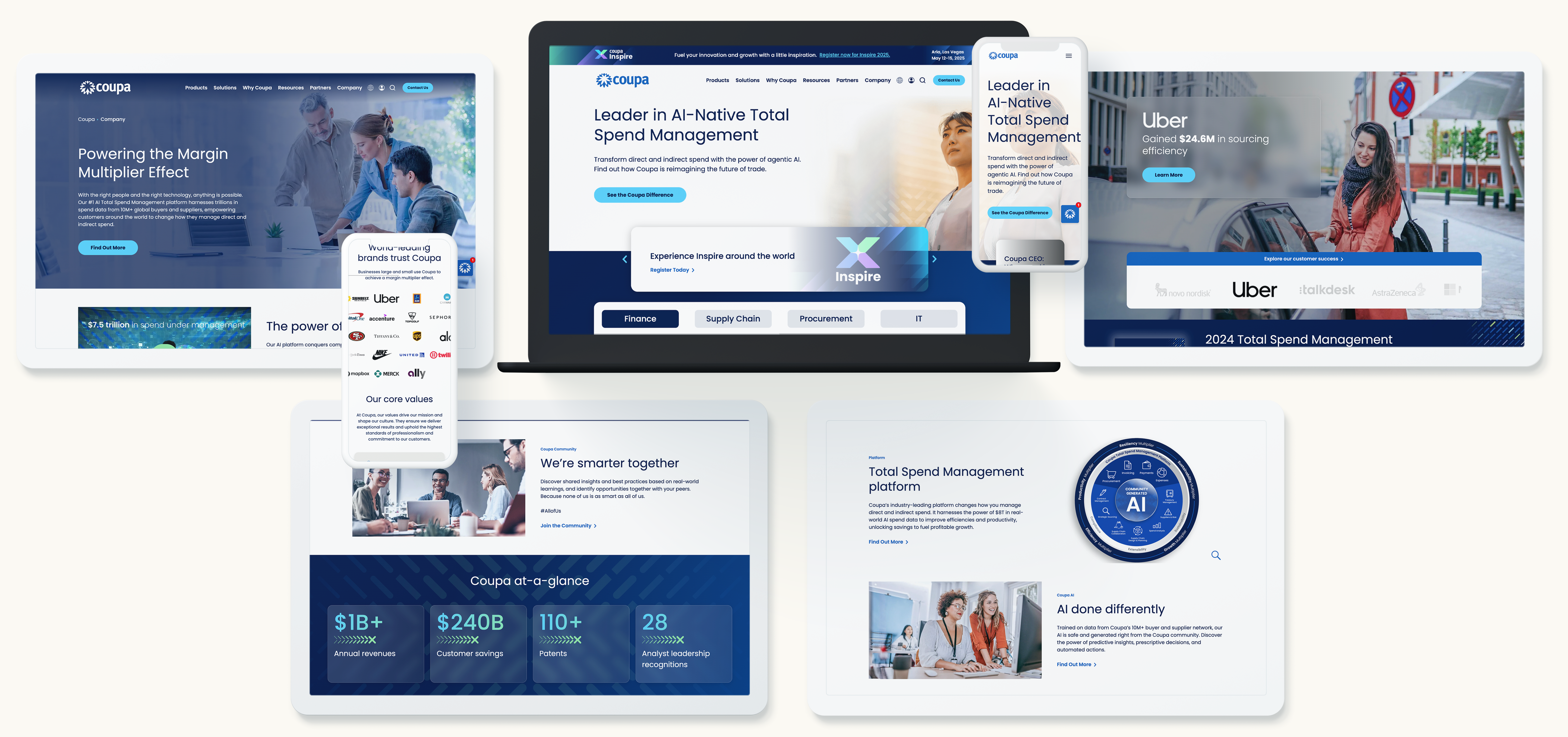
What’s Working Right Now
For many marketers, GPT is becoming a reliable sidekick. Use cases that are delivering real value today include:
- First-draft generation: Letting AI handle the heavy lift of a blank page—for blogs, emails, or social posts—so teams can focus on refinement and brand alignment.
- Summarization and transcription: Turning long-form webinars, internal briefings, or interviews into summaries, takeaways, and content assets.
- Creative brainstorming: Rapidly generating headline variations, campaign taglines, or concept ideas during early planning stages.
- Repetitive content tasks: Writing hundreds of meta descriptions or programmatically varying CTAs for different segments.
- Localized or segmented copy: Drafting region- or audience-specific variations of global campaigns faster than human teams could keep up.
What’s Risky or Overhyped
Despite the hype, GPT isn’t a plug-and-play replacement for marketers. Some areas require caution:
- Factual accuracy: GPT models don’t “know” things—they generate based on patterns. That leads to hallucinations and confidently wrong outputs, especially on niche or time-sensitive topics.
- Brand voice dilution: Without human oversight, GPT can produce copy that feels generic, off-brand, or even contradictory to your tone.
- Ethical and legal gray areas: Questions of disclosure (who wrote this?), authorship, and copyright are still evolving.
- SEO traps: Search engines are growing wary of AI-generated content that lacks originality or value, and duplicate content penalties may apply.
- Compliance and data sensitivity: Sensitive industries (healthcare, finance, government) must be vigilant about what information enters or exits AI platforms.
Marketers who treat GPT like an autopilot risk reputational and operational setbacks. It’s a tool, not a shortcut.
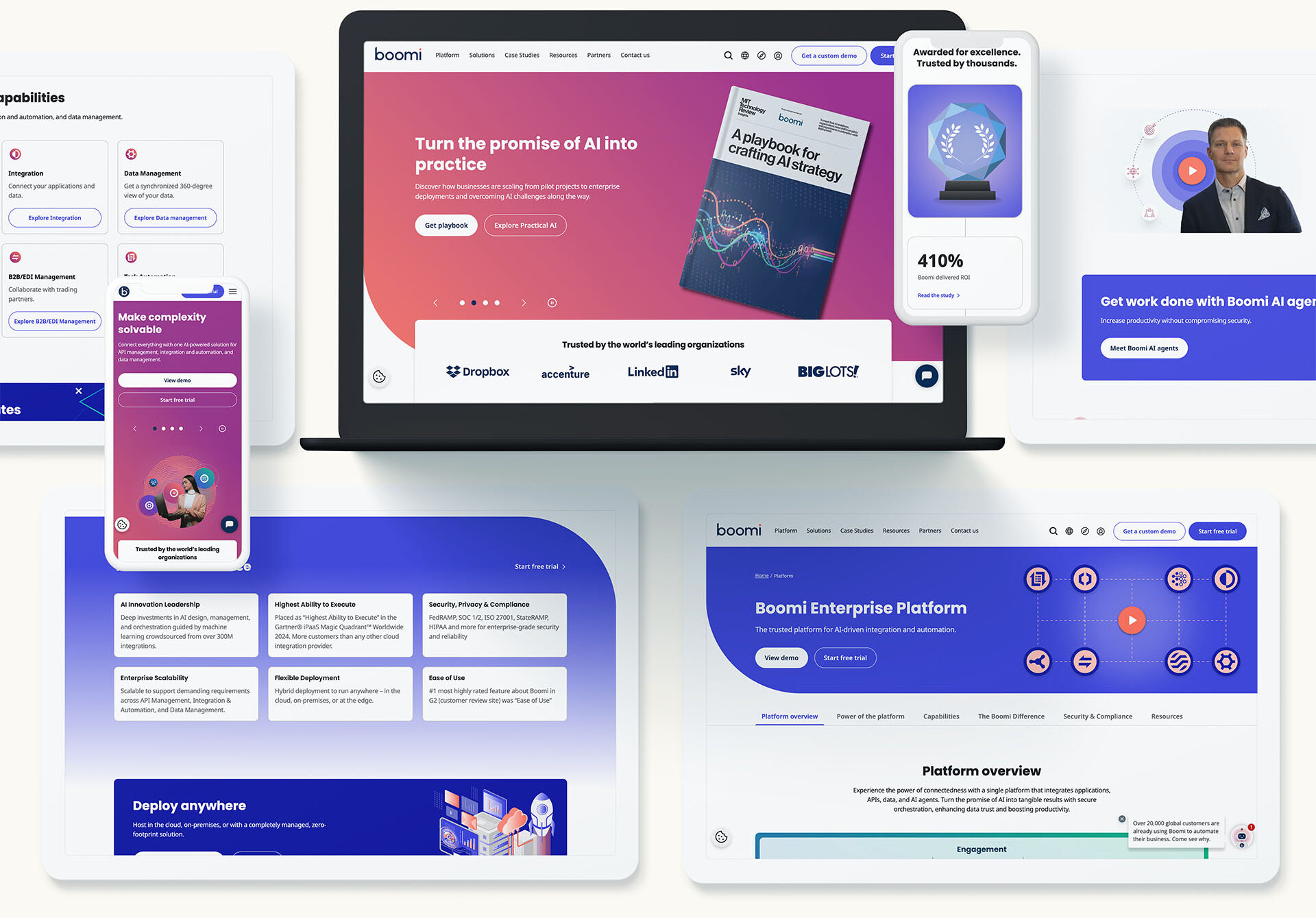
Building a Responsible AI Marketing Stack
To harness GPT effectively, organizations must adopt it deliberately, not reactively. That means establishing the right systems, standards, and safeguards.
1. Human-in-the-loop workflows
Every AI-generated asset should be reviewed, edited, and signed off by a human—especially in regulated or high-stakes environments.
2. AI content governance
Create prompt libraries, tone-of-voice rules, and QA checklists to ensure outputs meet brand and quality standards.
3. Secure tool selection
Favor GPT-powered platforms that offer enterprise-level data privacy, security compliance, and model transparency.
4. Defined use cases
Clearly outline where AI should and should not be used—such as ideation vs. thought leadership, internal drafts vs. public statements.
5. Team training
Equip marketers with prompt-writing best practices and guidance for effectively integrating AI into their workflows.
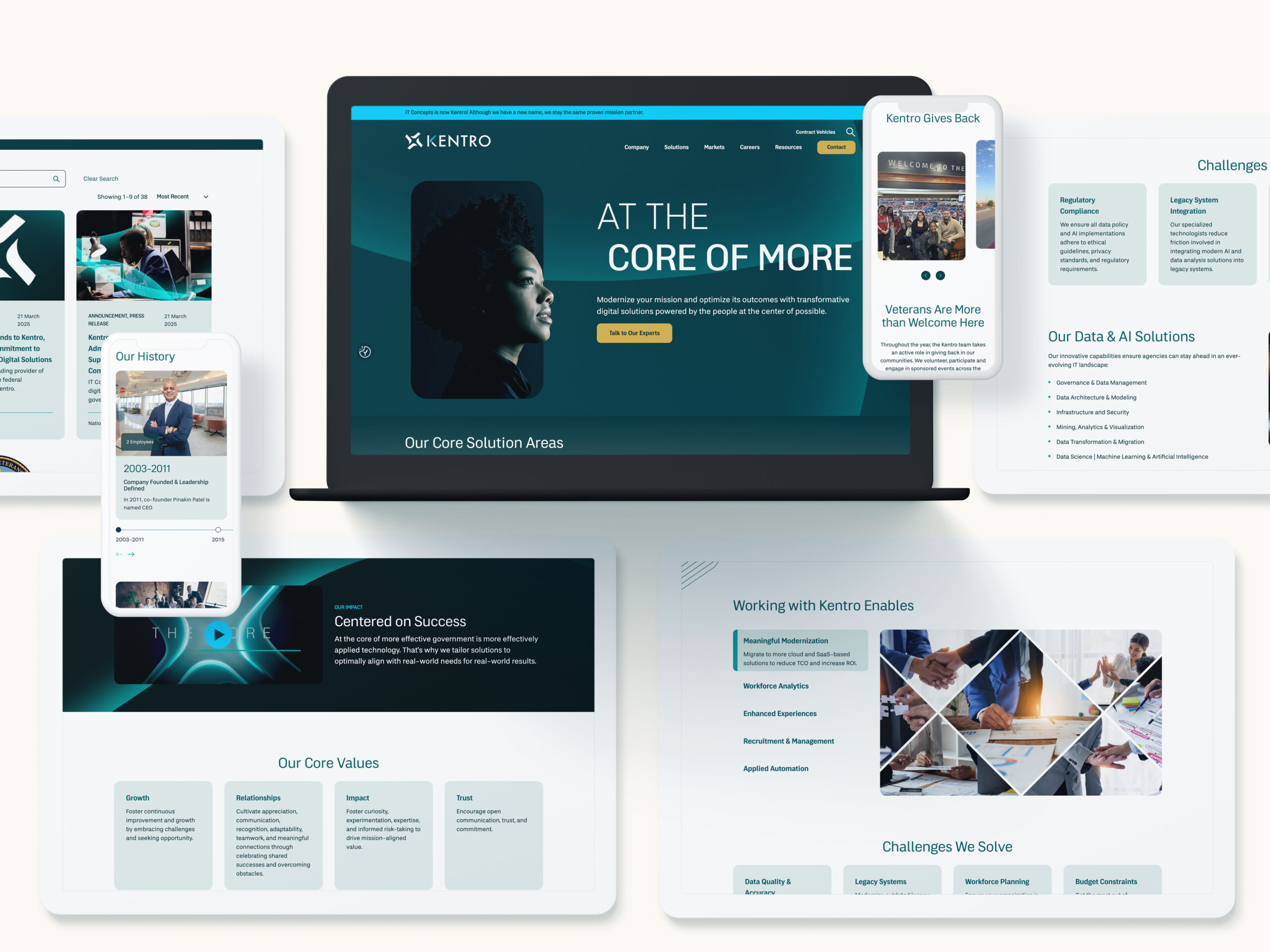
What’s Next: The Future of AI in Marketing
GPT is only the beginning. What’s coming next will expand what marketing teams can do:
- Real-time content adaptation: AI-generated content that evolves live based on user behavior, location, or engagement level.
- Multimodal experiences: Combined text, image, and video generation to streamline asset creation across channels.
- Deeper CRM integration: AI powering more personalized nurture flows and content recommendations within marketing automation platforms.
- Strategic co-pilots: AI tools that help marketers analyze performance data, suggest optimizations, and even A/B test content on the fly.
In short: GPT will go from content creator to campaign collaborator.
Ready to Build an AI-Enhanced Marketing Machine?
Bluetext helps brands responsibly scale generative AI across their marketing ecosystem—bringing speed and creativity without sacrificing strategy, quality, or control. Whether you’re building GPT into your content engine, brand voice, or marketing automation stack, we’ll help you do it right.
Contact us to develop an AI roadmap that enhances your brand, streamlines your campaigns, and sets you up for the next frontier.
For years, headless CMS platforms have been the go-to solution for brands seeking flexibility, speed, and scalability in their digital content delivery. By decoupling the front end from the back end, headless architecture empowered marketers and developers to create omnichannel experiences with greater efficiency. But as user expectations grow more sophisticated and digital ecosystems become more complex, even headless is starting to show its limits.
So what’s next? The future of content management isn’t just about removing the head—it’s about building a smarter, more adaptable brain. From composable digital experience platforms to AI-driven personalization engines, the next generation of CMS technology is poised to transform how organizations structure, deliver, and optimize content.
Here’s what’s on the horizon.
Composable Architecture: Breaking Down the Monolith for Good
If headless CMS decoupled the front end from the back end, composable architecture takes things a step further—decoupling everything. A composable digital experience platform (DXP) allows organizations to assemble a custom stack of best-of-breed tools for CMS, e-commerce, personalization, analytics, and more, all connected via APIs.
The result? Greater agility. Marketers and IT teams are no longer boxed into rigid, one-size-fits-all platforms. Instead, they can mix and match services that best support their goals—whether that’s fast localization, dynamic pricing, or seamless omnichannel orchestration. Composable architecture also allows for incremental upgrades, so brands can evolve their digital presence without overhauling entire systems.
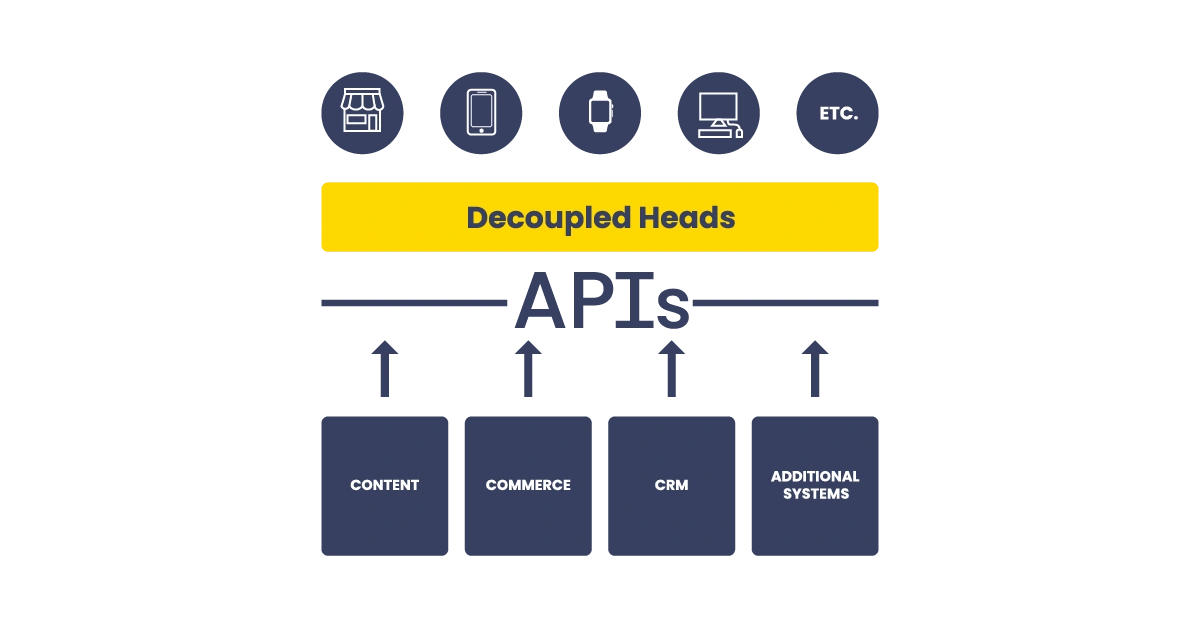
AI-Powered Content Delivery Is Here—and Growing Fast
AI is no longer a buzzword in CMS. It’s becoming the engine behind smarter content experiences. From predicting what content a user will find most valuable, to dynamically adjusting layouts based on behavior, AI is changing the way brands think about digital engagement.
Modern CMS platforms are beginning to integrate AI-driven features like:
- Content recommendations based on user behavior and intent
- Automated tagging and metadata generation for better asset management
- Real-time personalization, delivering tailored content to the right audience at the right time
By embedding AI into the content supply chain, brands can move beyond static publishing toward experiences that are predictive, personalized, and performance-driven.
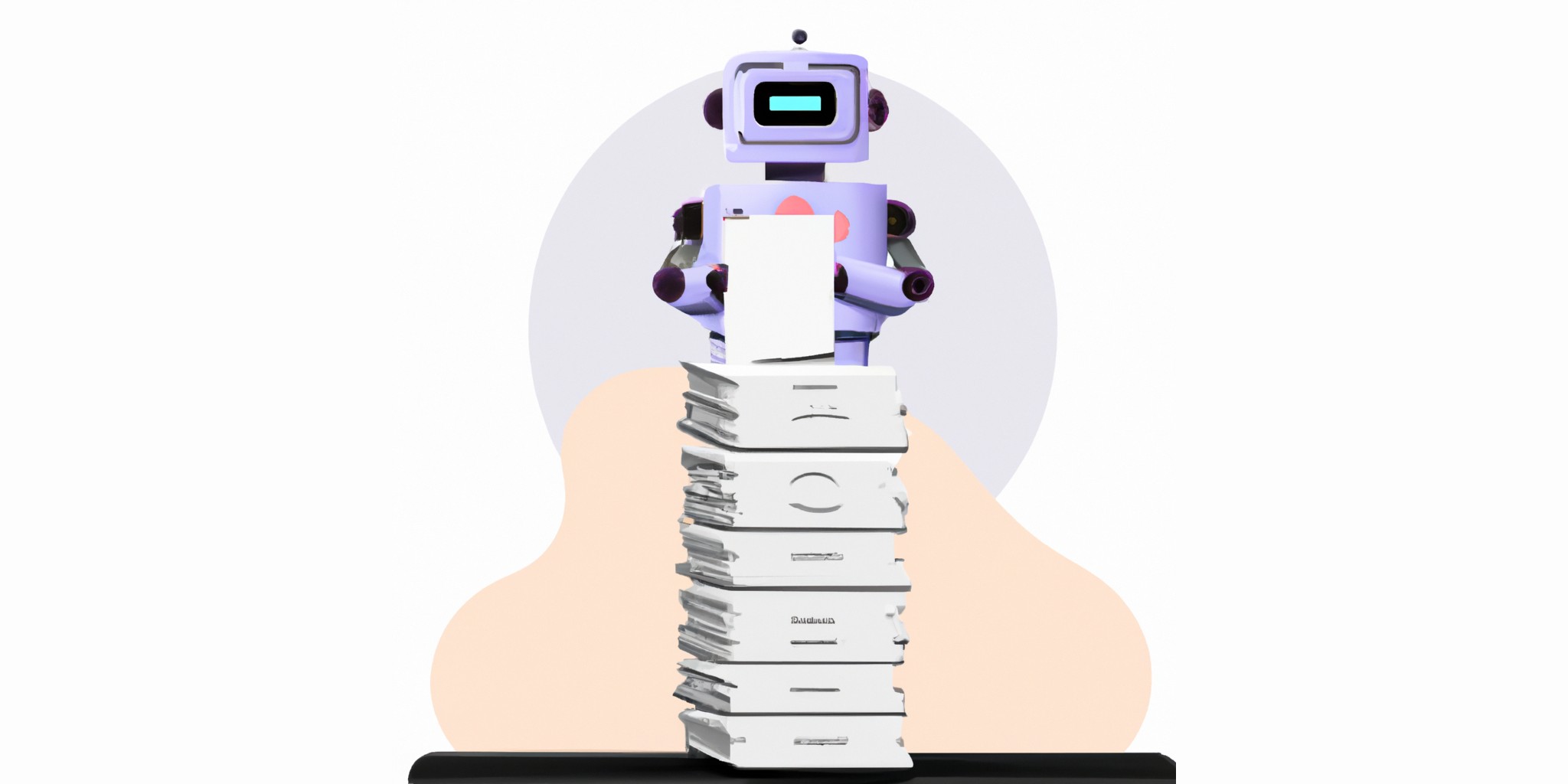
Content Operations Are Getting an Overhaul
The CMS of the future doesn’t just manage content—it powers an entire ecosystem of digital operations. That means tighter integration with Digital Asset Management (DAM) platforms, Customer Data Platforms (CDPs), and marketing automation tools.
Content teams are shifting away from traditional editorial calendars and rigid workflows. Instead, they’re embracing:
- Structured content models that support reusability across channels
- Data-informed content strategies based on performance insights
- Collaborative environments where marketers, designers, and developers work in sync
This new model of Content Ops is about more than publishing—it’s about treating content as a living asset that evolves and adapts to user needs.
API-First, Cloud-Native Platforms Are the New Standard
As organizations grow more complex and global, performance and scalability are critical. That’s where API-first, cloud-native CMS solutions come in. Built for integration and extensibility, these platforms allow developers to plug into virtually any system—without being locked into a vendor’s proprietary tools or workflows.
Benefits of API-first CMS platforms include:
- Faster development and deployment cycles
- Seamless integration with existing martech and eCommerce platforms
- Improved security, scalability, and reliability through modern cloud infrastructure
For enterprise brands navigating multi-site, multilingual, or multi-channel challenges, API-first CMS solutions offer the flexibility to deliver consistent, high-performance experiences across the board.
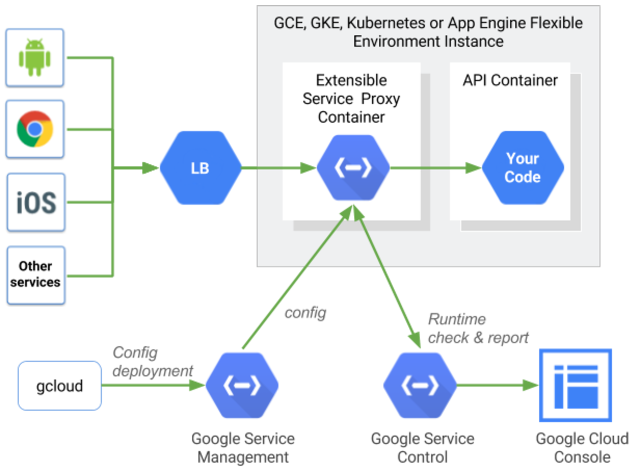
So, What Should Brands Do Now?
If your organization is currently running a traditional CMS—or even a headless one—it’s time to look ahead. The CMS landscape is evolving rapidly, and the platforms of tomorrow will be defined by their intelligence, adaptability, and interoperability.
Key considerations as you plan for the future:
- Audit your current content ecosystem: What tools are in place, and where are the bottlenecks?
- Invest in modular, composable architecture: Future-proof your stack by prioritizing flexibility and integration.
- Explore AI capabilities: Start with features like smart recommendations or auto-tagging, and scale up as you see results.
- Think beyond websites: Your CMS should support a unified experience across mobile, social, voice, and more.
At Bluetext, we help organizations reimagine their digital infrastructure to support not just where they are—but where they’re going.
Ready to evolve your CMS strategy?
Contact Bluetext to architect a future-ready content platform that’s intelligent, scalable, and built to grow with your brand.
Large Language Models (LLMs) like GPT-4 and Claude have transformed how we generate content, automate support, and surface internal knowledge. While these models offer immense potential, B2B organizations are discovering that off-the-shelf versions often fall short of enterprise expectations. Generic tone, inconsistent outputs, and a lack of domain specificity can limit effectiveness. So how can B2B brands truly unlock the power of LLMs? The answer lies in optimization.
Why Generic LLMs Aren’t Enough for B2B
Out-of-the-box LLMs are trained on general internet data, which means they’re not designed to understand your industry, products, or brand voice. This leads to:
- Hallucinated facts and technical inaccuracies
- Off-brand tone and messaging
- Compliance and privacy risks
- Limited ability to serve nuanced enterprise use cases
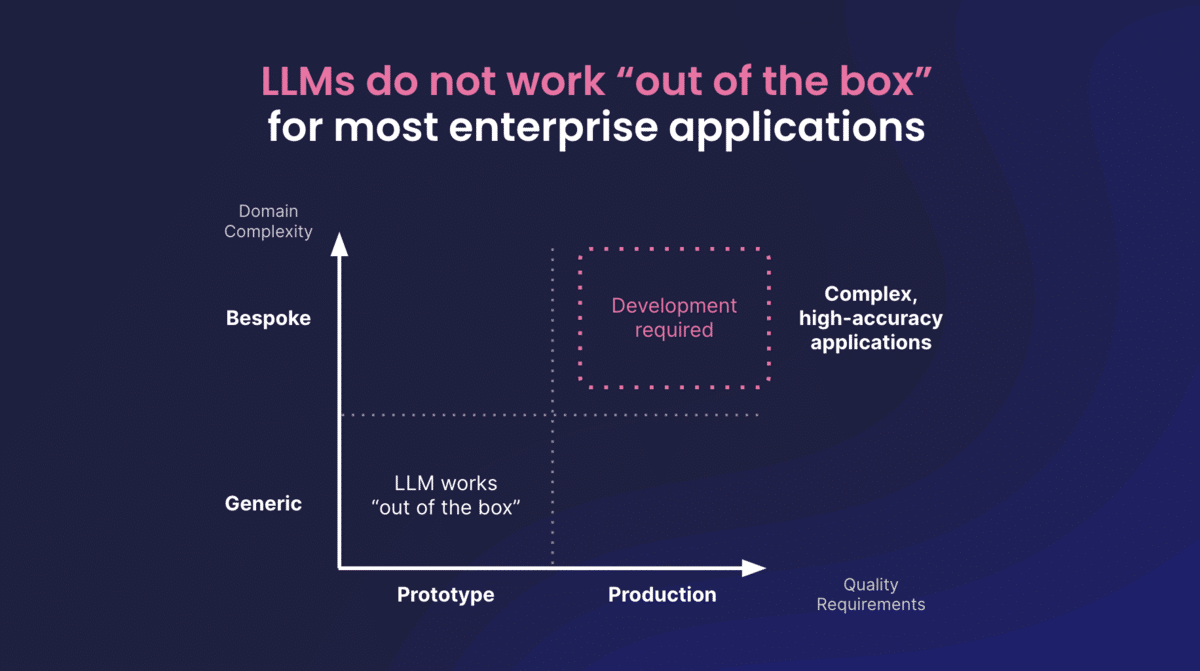
Techniques to Optimize LLMs for B2B
Prompt Engineering: Crafting structured, context-rich prompts improves output relevance. Setting clear roles (e.g., “Act as a cybersecurity analyst”) or constraints (“Write in AP style”) can guide the model toward better responses.
Retrieval-Augmented Generation (RAG): This technique enriches LLM outputs with real-time access to enterprise-specific documents, ensuring factual, contextual answers pulled from your proprietary knowledge base.
Model Fine-Tuning: Training the model on your company’s data—such as product manuals, sales materials, and case studies—improves performance for specific applications. This results in more accurate, brand-aligned outputs.
Feedback Loops: Use internal teams or customers to rate and improve model responses over time. Feedback-driven reinforcement learning ensures ongoing optimization based on real-world usage.
Enterprise Use Cases for Optimized LLMs
- Sales Enablement: Auto-generate pitch decks, email templates, and product one-pagers that align with specific buyer personas.
- Customer Support: Deploy intelligent chatbots capable of resolving complex queries using your documentation.
- Internal Knowledge Management: Build assistants that help employees find the right information fast, reducing reliance on outdated wikis or manual search.
- Content Marketing: Streamline content creation for blogs, SEO, and social while maintaining brand tone and compliance.
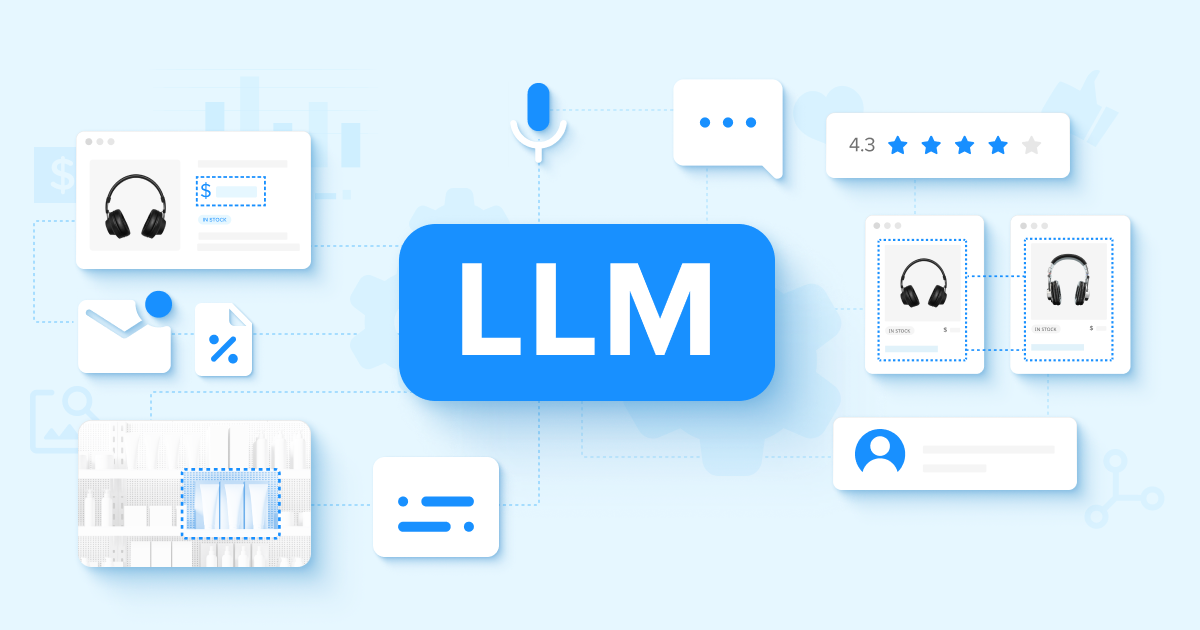
Governance and Compliance Considerations
For B2B, especially in regulated industries, optimization must go hand-in-hand with governance:
- Enforce brand voice and tone through structured prompts and content templates.
- Ensure data privacy by keeping proprietary content secure during model training.
- Establish clear human-in-the-loop review processes for sensitive outputs.
Final Thoughts
Generic AI won’t cut it in B2B. By investing in LLM optimization techniques like prompt engineering, RAG, and fine-tuning, companies can unlock smarter, more scalable results across marketing, sales, and support. The key is starting with a strategy tailored to your goals, audiences, and compliance needs.
Ready to elevate your AI strategy? Contact Bluetext to explore how customized LLMs can deliver measurable value for your enterprise.
The customer journey has never been more complex. With consumers interacting across multiple touchpoints—websites, social media, email, mobile apps, and in-person experiences—marketers must navigate vast amounts of data to understand and anticipate customer needs. Enter predictive AI, a game-changing technology that empowers brands to analyze customer behavior, forecast future actions, and deliver personalized experiences at scale.
In this blog, we’ll explore how predictive AI is transforming customer journey mapping and equipping marketers with the tools to enhance engagement, improve retention, and drive conversions.
What is Predictive AI?
Predictive AI uses machine learning algorithms, big data, and artificial intelligence to identify patterns in customer behavior and predict future actions. By analyzing historical data, predictive AI helps brands determine which marketing strategies are most effective, when customers are likely to make a purchase, and how to tailor messaging for maximum impact.
Key benefits of predictive AI include:
- Personalized Customer Experiences: AI analyzes behavioral data to customize interactions and recommendations.
- Improved Lead Scoring: AI assigns value to potential customers based on their likelihood to convert.
- Optimized Marketing Spend: AI identifies high-impact channels, ensuring budget is allocated efficiently.
- Proactive Customer Retention: AI detects churn risks early, enabling brands to intervene with targeted retention strategies.
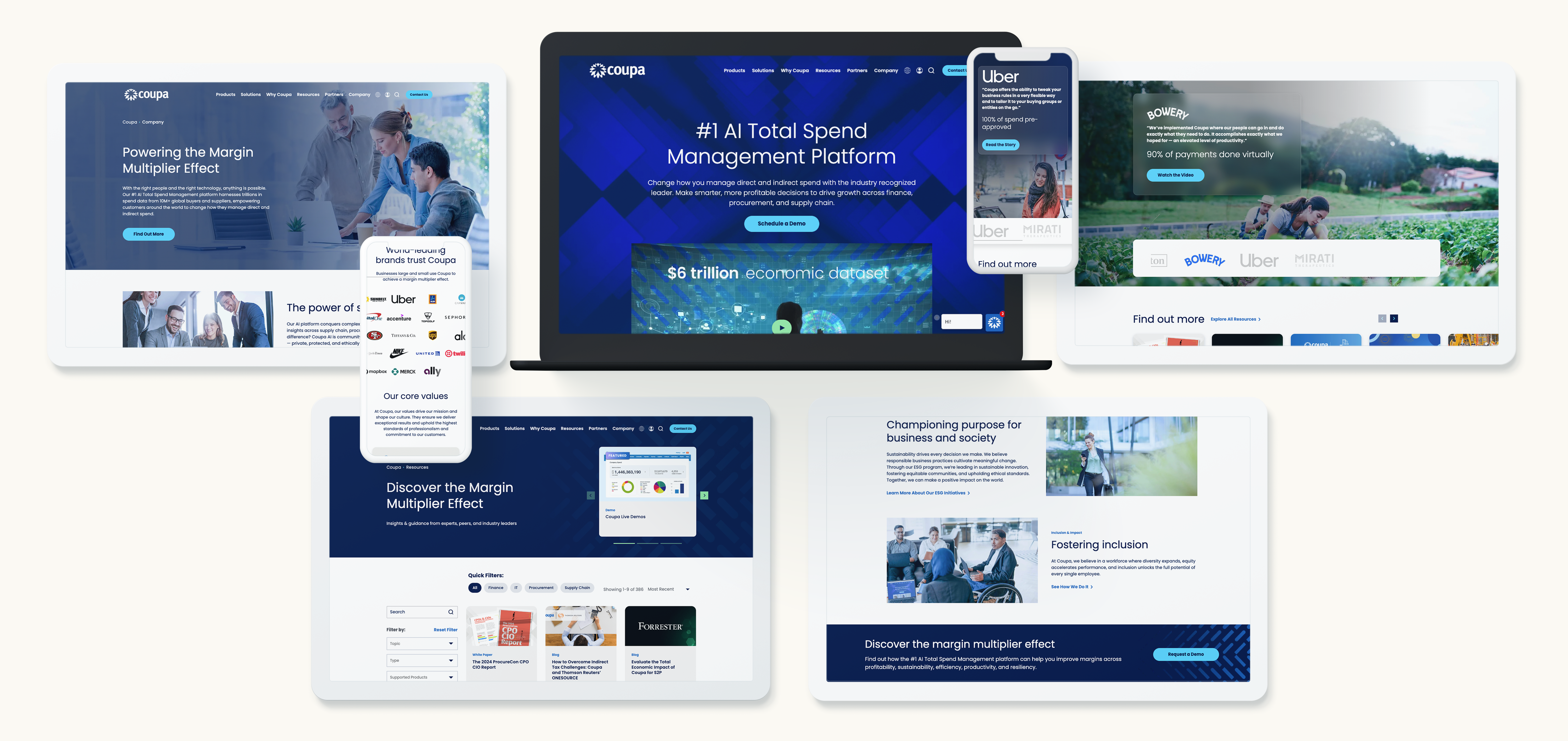
How Predictive AI Enhances Customer Journey Mapping
Traditional customer journey mapping relies on past interactions to infer future behavior. Predictive AI takes this a step further by using real-time data and machine learning to create dynamic, constantly evolving journey maps. Here’s how:
1. Predicting Customer Needs Before They Arise
By analyzing browsing behavior, past purchases, and engagement history, predictive AI can anticipate customer needs and deliver proactive recommendations. For example, e-commerce platforms use AI to suggest products based on a customer’s browsing habits, while SaaS companies predict feature adoption trends to improve user retention.
2. Real-Time Personalization at Every Touchpoint
AI-driven journey mapping allows brands to personalize experiences across multiple channels. Whether it’s tailoring email content, adjusting website interfaces, or serving hyper-relevant ads, predictive AI ensures that customers receive the right message at the right time.
3. Identifying and Addressing Pain Points
Predictive AI analyzes customer feedback, sentiment data, and behavior to pinpoint friction points in the customer journey. By identifying where users drop off or disengage, brands can implement proactive solutions, such as chatbot support, improved UX design, or automated follow-ups.
4. Enhancing Customer Support with AI Chatbots
AI-powered chatbots leverage predictive analytics to resolve customer issues before they escalate. By understanding previous interactions and common pain points, these bots can provide personalized responses, reducing response times and enhancing customer satisfaction.
5. Driving Retention Through Predictive Churn Analysis
One of the most powerful applications of predictive AI is identifying customers at risk of churn. By detecting declining engagement, reduced purchase frequency, or negative sentiment, AI enables marketers to implement targeted retention efforts, such as exclusive offers, loyalty incentives, or personalized outreach.

Challenges and Considerations for Marketers
While predictive AI offers immense benefits, it’s not without challenges:
- Data Privacy and Compliance: AI relies on large datasets, making adherence to regulations like GDPR and CCPA essential.
- Quality of Data: AI is only as effective as the data it processes. Inaccurate or incomplete data can lead to misleading insights.
- Implementation Complexity: Integrating predictive AI into existing marketing strategies requires the right tools, expertise, and infrastructure.
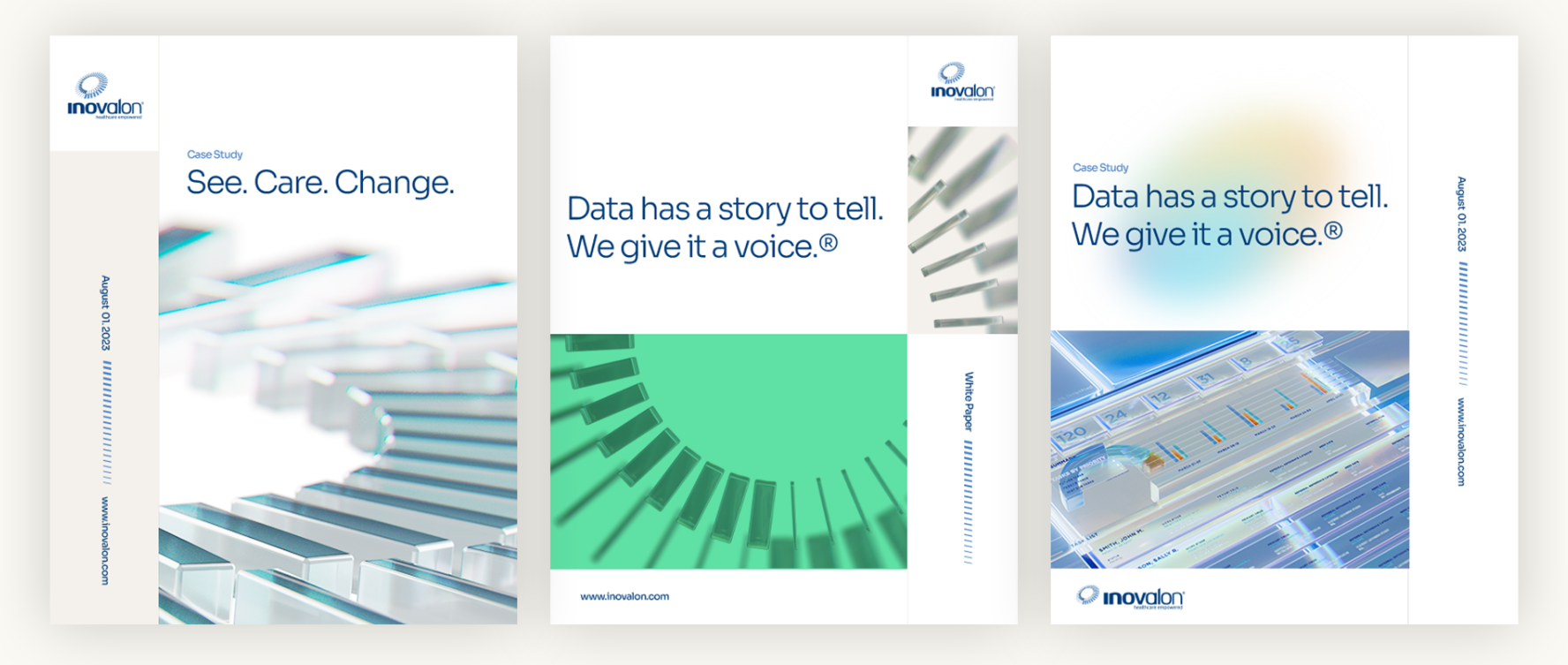
How Marketers Can Leverage Predictive AI Effectively
To maximize the benefits of predictive AI in customer journey mapping, marketers should:
- Invest in AI-Powered CRM and Analytics Tools: Platforms like HubSpot, Salesforce, and Adobe Sensei offer AI-driven insights for customer journey optimization.
- Adopt a Data-Driven Mindset: Encourage teams to prioritize data collection, analysis, and refinement.
- Test and Iterate: Continuously monitor AI-driven insights and adjust strategies based on performance.
- Ensure Ethical AI Use: Maintain transparency in data collection and adhere to privacy regulations.

Transform Your Customer Journey with Bluetext
Predictive AI is redefining the way brands understand and engage with customers. By leveraging AI-driven insights, marketers can create seamless, personalized, and highly effective customer journeys that drive growth and loyalty. Ready to harness the power of predictive AI? Contact Bluetext today to discover how AI-driven customer journey mapping can elevate your marketing strategy.
Artificial intelligence (AI) is revolutionizing search engine optimization (SEO), making it easier for businesses to improve rankings and visibility. From automated content optimization to predictive analytics, AI-powered tools help marketers refine their SEO strategies efficiently. In this guide, we’ll explore how AI is transforming SEO and which tools can give your brand a competitive edge.
How AI is Transforming SEO
AI enables more precise keyword targeting, smarter content recommendations, and real-time performance analysis. Businesses that embrace AI-driven SEO gain a competitive advantage in the digital landscape.
Key Benefits of AI-Driven SEO Tools:
- Enhanced keyword research: AI identifies emerging trends and high-value keywords.
- Automated content optimization: AI-powered suggestions improve readability and relevance.
- Smarter link-building strategies: AI detects valuable backlink opportunities.
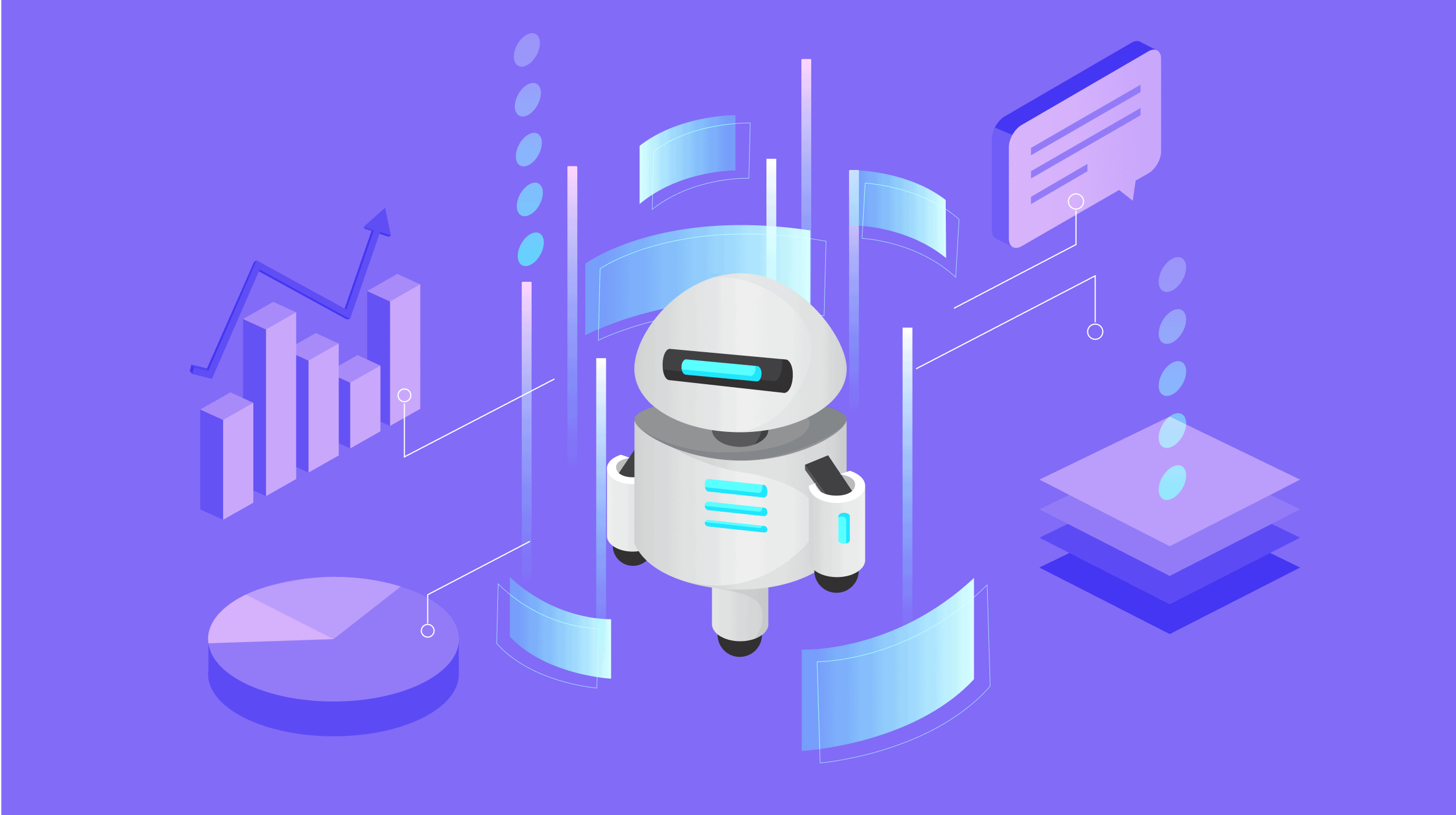
Top AI Tools for SEO Optimization
1. AI-Powered Keyword Research
Tools like Clearscope and Semrush use AI to analyze search trends and recommend high-impact keywords.
2. Automated Content Optimization
Platforms like SurferSEO and MarketMuse help structure content for maximum SEO value.
3. AI-Based Technical SEO Audits
Tools such as Screaming Frog and Lumar identify and fix website issues automatically.
4. Predictive SEO Analytics
AI-driven analytics forecast search engine trends, allowing businesses to adapt proactively.

The Future of AI in SEO
Voice search optimization will become increasingly important as more consumers rely on smart assistants for search queries. AI-generated content will streamline content creation, enabling brands to scale their digital presence efficiently. Additionally, real-time SEO adjustments will allow businesses to respond dynamically to algorithm changes, ensuring sustained search visibility. By leveraging AI-powered tools, companies can stay ahead of the competition and maximize their online impact.
Want to leverage AI-driven tools for better SEO performance? Contact Bluetext today to optimize your strategy for success.
The lines between public relations and digital marketing continue to blur, creating new opportunities for brands to amplify their reach and credibility. In 2025, successful marketing strategies will rely on seamless integration between PR and digital channels, leveraging data-driven insights, AI, and multimedia content to engage audiences effectively. This blog explores how businesses can align PR and digital marketing to maximize brand impact.
The Convergence of PR and Digital Marketing
Traditionally, PR focused on reputation management and media relations, while digital marketing prioritized lead generation and online visibility. However, as the digital landscape evolves, PR and digital marketing must work together to build trust and drive engagement.
Key Benefits of Integrating PR and Digital Marketing:
- Enhanced credibility: Digital PR efforts, such as guest articles and influencer collaborations, build authority and trust.
- Greater reach: Combining PR-driven storytelling with SEO and social media extends brand visibility.
- Stronger audience connections: Engaging content backed by PR strategies fosters deeper relationships.
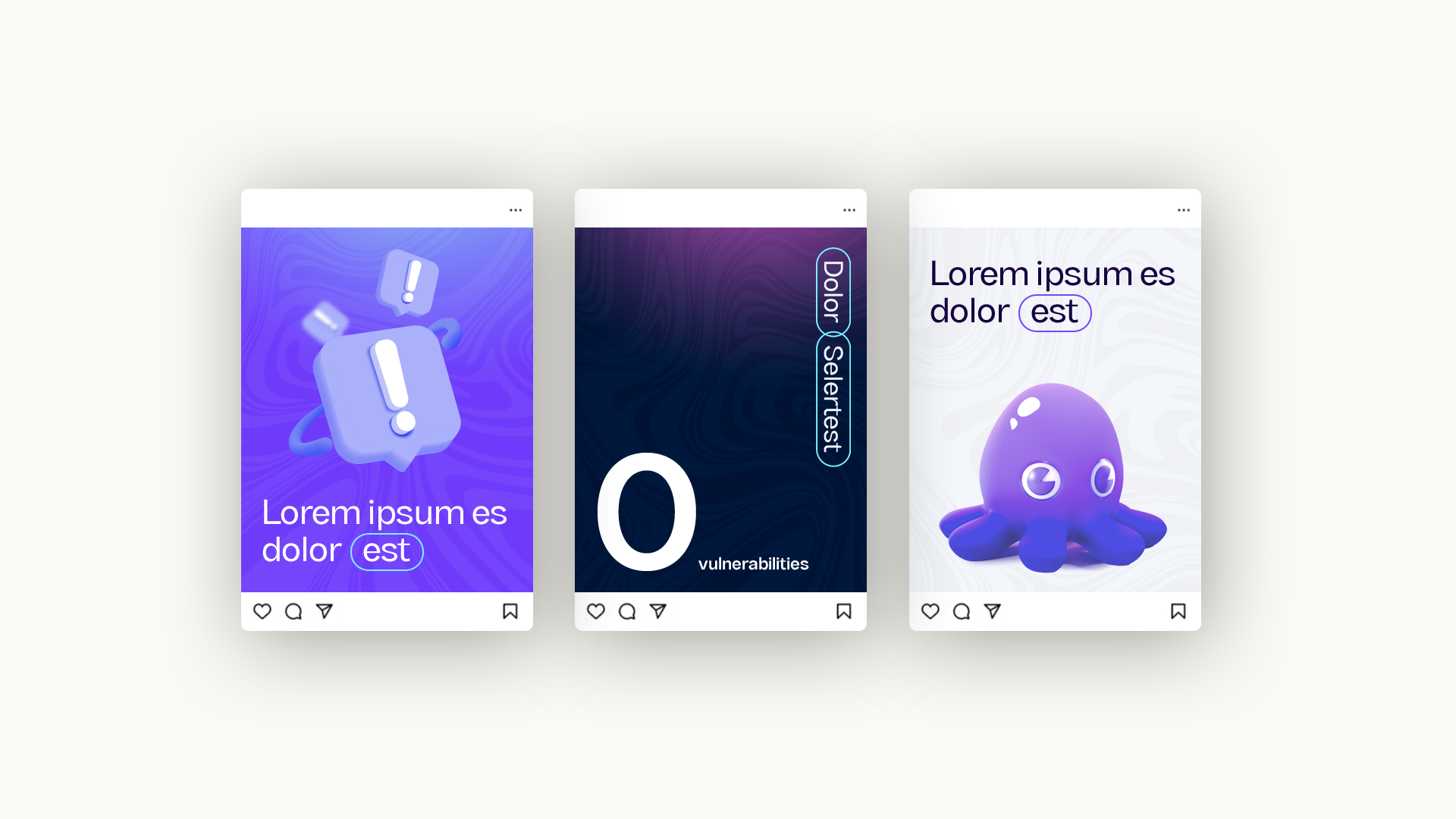
Strategies for a Unified PR & Digital Marketing Approach
1. Data-Driven PR Campaigns
Leveraging analytics and audience insights enables PR teams to craft targeted messages that align with digital marketing goals.
2. Content Marketing with PR Influence
Creating high-quality content that aligns with PR narratives helps brands establish thought leadership and authority.
3. Social Media Amplification
PR efforts gain traction when combined with social media strategies, driving greater engagement and shareability.
4. SEO-Optimized Press Releases
Optimizing press releases for search engines ensures they reach a wider audience and contribute to long-term brand visibility.

Future Trends: Where PR Meets Digital in 2025
AI-powered media monitoring will enhance PR effectiveness, enabling brands to track conversations and measure sentiment more efficiently. Influencer-driven PR will play a greater role in brand credibility, as consumers continue to value authentic endorsements. Additionally, interactive PR campaigns using video, augmented reality (AR), and virtual reality (VR) will provide immersive storytelling experiences that captivate audiences. By staying ahead of these trends, businesses can ensure their PR and digital marketing efforts remain impactful and relevant.
Looking to integrate PR and digital marketing seamlessly? Contact Bluetext today to build a cohesive strategy that drives results.